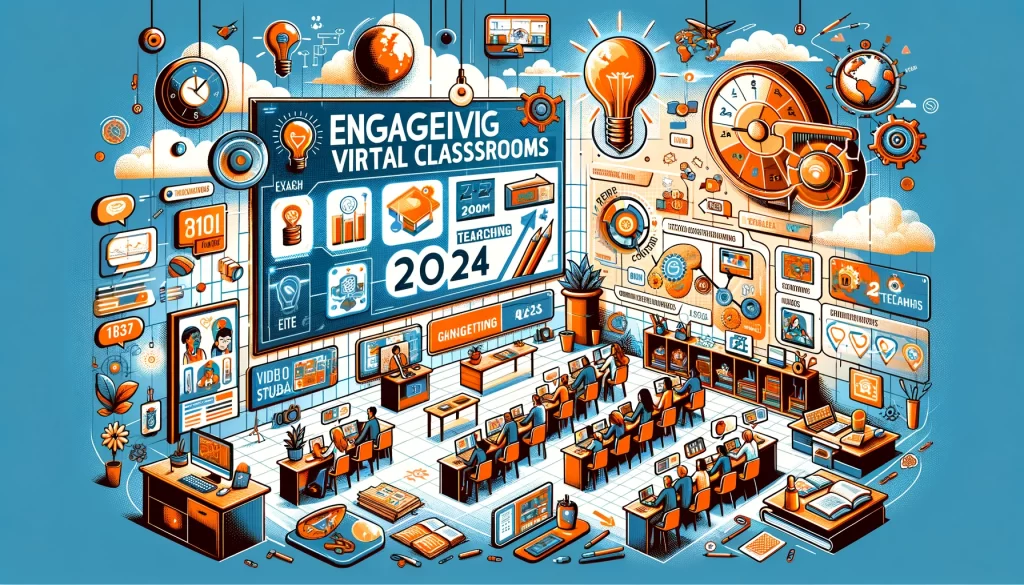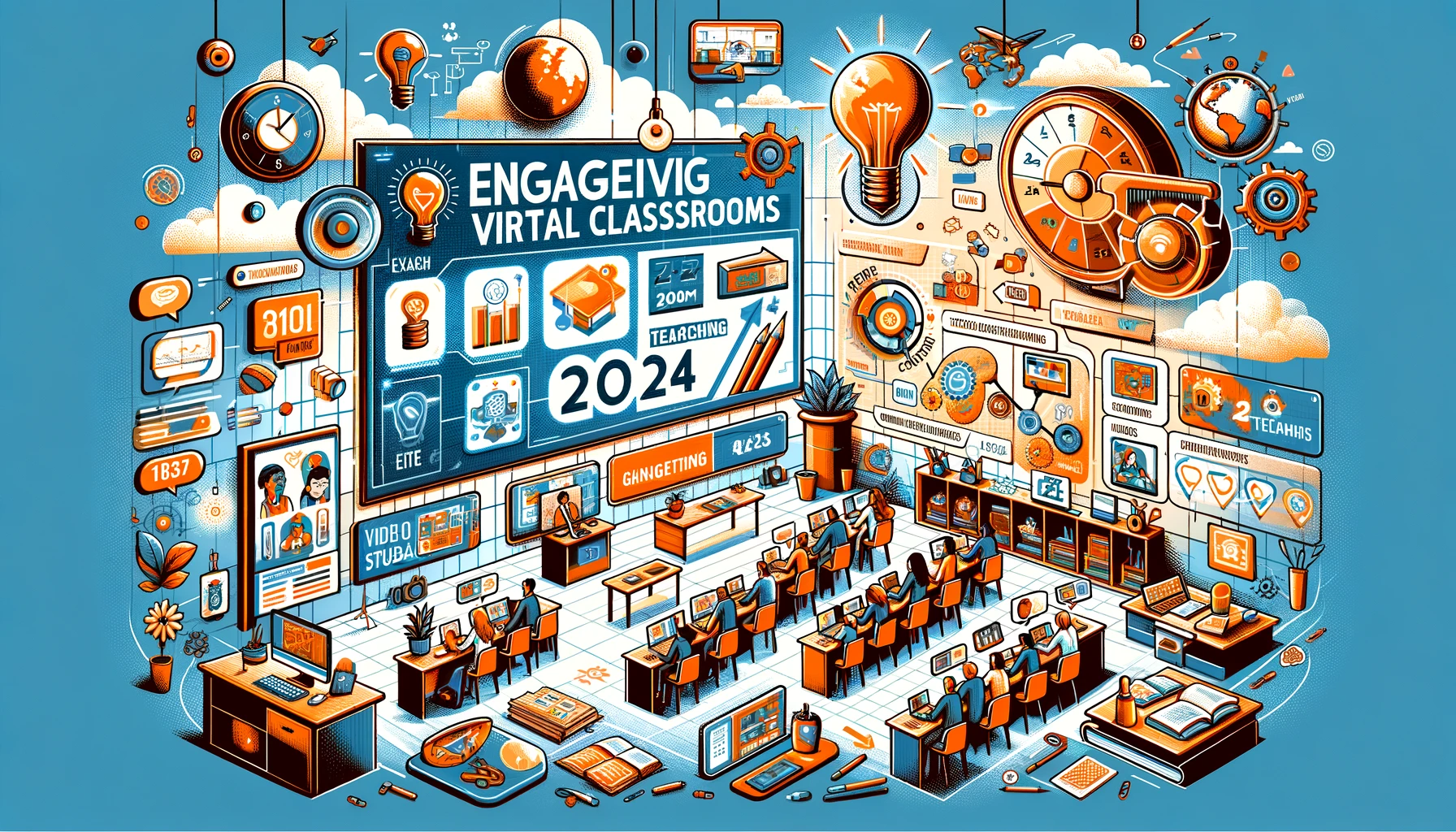The shift towards online education has necessitated the development of innovative teaching techniques that keep students engaged and facilitate effective learning in virtual environments. As we continue to refine how education is delivered remotely, understanding and implementing these strategies becomes crucial. This comprehensive guide explores a variety of dynamic teaching methods tailored for engaging virtual classrooms in 2024.
Introduction to Virtual Classroom Engagement
Engagement in virtual classrooms is pivotal for effective learning. Teachers face the challenge of not only conveying content but also maintaining student interest and interaction remotely. Innovative teaching techniques are therefore essential in overcoming these challenges and enhancing the learning experience.
Top Innovative Teaching Techniques for 2024
- Interactive Digital Whiteboards: Utilize digital whiteboards to collaborate in real-time, allowing students to contribute directly to lessons and engage with material dynamically.
- Gamification of Learning: Introduce elements of game design like scoring, competitions, and badges to motivate students and make learning fun.
- Virtual Breakout Rooms: Use breakout rooms for group projects and discussions, promoting collaboration and deeper exploration of topics.
- Multimedia Integration: Incorporate videos, podcasts, and interactive simulations to cater to different learning styles and break the monotony of traditional lectures.
- Real-Time Feedback and Assessments: Implement tools that provide immediate feedback on quizzes and assignments, helping students understand their progress and areas needing improvement.
- Personalized Learning Paths: Offer customized learning experiences that adapt to the pace and style of each student, enhancing individual learning outcomes.
- Augmented and Virtual Reality (AR/VR): Employ AR and VR to create immersive learning experiences that make complex subjects more accessible and engaging.
- Social Learning Platforms: Encourage the use of forums and social media-like platforms for educational purposes, fostering a sense of community and peer learning.
- Flipped Classroom Models: Invert traditional teaching methods by having students review lecture material at home and use class time for interactive activities and problem-solving.
- Mindfulness and Emotional Intelligence Training: Include exercises that promote mindfulness and emotional intelligence, helping students manage stress and foster a conducive learning environment.

Implementing These Techniques
Implementing these innovative techniques requires planning and access to appropriate digital tools. Teachers should receive training to effectively use these technologies and integrate them into their teaching strategies.
Benefits of Innovative Virtual Classrooms
- Enhanced Engagement: Students are more likely to participate actively when learning is interactive and enjoyable.
- Improved Retention: Interactive and personalized learning experiences can improve knowledge retention.
- Accessibility: Virtual classrooms provide educational opportunities regardless of geographical constraints.
- Flexibility: Students can access learning materials anytime, increasing opportunities for revision and self-paced learning.
Challenges and Considerations
While these techniques offer significant benefits, they also come with challenges such as technological disparities among students and the need for continuous adaptation by educators.
Conclusion
As we look towards 2024, the future of education continues to evolve with technology. By adopting innovative teaching techniques, educators can create more engaging and effective virtual classrooms that cater to the needs of all students.

